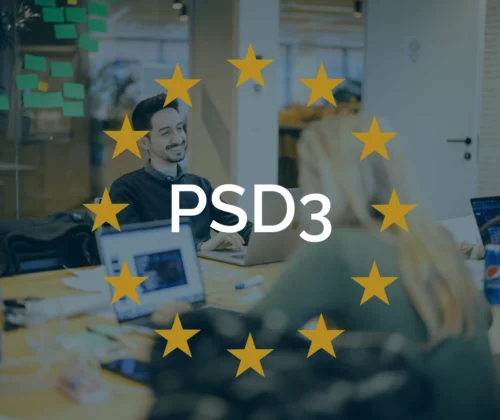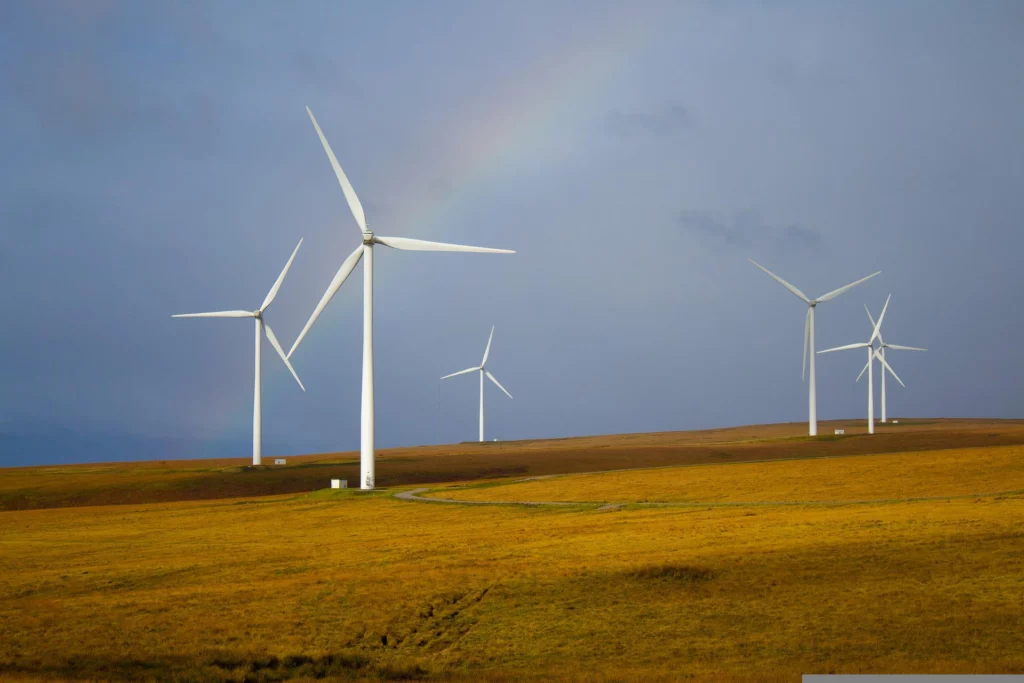
Product qualification under the SFDR: Articles 9, 8, 6 and 8+
Team members
- Milan developer
- Milan QA
- Nikola manager
- Natasa designer


The articles mentioned will probably be familiar to you. The qualifications from the Sustainable Finance Disclosure Regulation (SFDR) that financial market participants assign to their financial products. But the 8+, you may not know that one yet.
For convenience and completeness. Under the SFDR, there are three product qualifications:
An Article 9 product is also referred to as a 'dark green' product. This is a product whose purpose is sustainable investment.
An Article 8 product is also known as a 'light green' product. This is a product that promotes environmental and/or social characteristics, and where the companies that are invested in have good governance.
An Article 6 product is also known as a 'grey' or 'other' product. This is a product that does not have sustainable investment as its objective or does not promote ecological or social characteristics. Because the basic requirements that see to the pre-contractual information in Article 6 SFDR do apply, it is often referred to as an Article 6 product.
With the entry into force of the SFDR in March 2021, market participants have started qualifying their products in good spirits. This is necessary to determine which information obligations apply to a product. But what exactly was the distinction between these qualifications? Yes, that took some searching.
Over a year later, it is still largely a learning by doing exercise. Nevertheless, there is now more clarity on a number of points. And with the European Commission finally adopting Level 2 of the SFDR on 6 April 2022, it is a good time to review the product qualifications - and all the developments so far.
Also watch our explainer video (in Dutch): product qualification according to the SFDR.
Based on the AFM report implementation SFDR from September 2021, and from the Q&A published by the European Commission just before, it has become clear that Article 9 products should only consist of sustainable investments.
A sustainable investment is defined in the SFDR (Article 2(17)(e)) and means - in short - an investment in an activity of a company that makes an (actual) contribution to an environmental and/or social objective, that does not harm other environmental and/or social objectives and where the investee company meets minimum good governance standards.
Thus, when an Article 9 product invests in investments that are not sustainable investments, it is not an Article 9 product.
An exception is when the investment is necessary for prudential purposes, e.g. hedging. These investments do not have to have a sustainability objective, but should also not compromise social and/or environmental objectives, the European Commission said.
Providers of Article 9 products must make clear how the (underlying) investments fall within the definition of a sustainable investment as referred to in the SFDR. Last but not least, an Article 9 product must have a concrete and measurable sustainable objective.
As a result of the AFM report mentioned above, some financial market players have started to reassess their products. In doing so, they concluded that the product does not have a sustainable investment as its objective and should rather be considered an Article 8. But what to do with a fund that no longer qualifies for article 9, but has the ambition to be greener than an average article 8 product and will invest partly in sustainable investments?
trict requirements therefore apply to Article 9 products. Financial products that cannot meet this strict explanation may no longer be labelled as dark green.
What to do with a fund that no longer qualifies for Article 9, but has ambitions to be greener than an average Article 8 product?
This is where level 2 SFDR offers a solution. For example, take a look at the template for pre-contractual disclosures of an Article 8 product. This template asks whether the Article 8 product includes sustainable investments. If it does, you can tick that box in the template and then indicate the minimum percentage for which that is the case. For the sake of convenience, the further breakdown of those sustainable investments to, for example, the Taxonomy Regulation is left out of consideration here.
Officially, the product is still an Article 8 product. But an article 8 product with sustainable investments. Such a product is often (unofficially) referred to in the market as an 8+ product.
The aforementioned report of the AFM and the aforementioned QA of the EC also provide more guidance for the qualification of an article 8 product.
For instance, the AFM indicates that all claims, information and reporting that indicate ecological or social characteristics of a product are considered promotion within the meaning of Article 8 of the SFDR. Even product names with terms such as 'sustainable', 'sustainability' or 'ESG', for example, makes promotion of ecological or social characteristics.
And if sustainability characteristics are promoted, a concrete explanation of the relevant ecological and/or social characteristics must be described and substantiated in the product's various SFDR disclosures. For example, the characteristics promoted by the product should be binding in the investment policy. The requirement for concrete explanations also applies to the 8+ products.
Article 6 covers the remaining products that do not qualify as Articles 8 and 9.
It is now clear that complying with (national) ESG legislation, without any promotion of E or S feature around it, does not qualify as an Article 8 product. Thus, for a product that only excludes investments in cluster munitions will have to qualify as grey, as in that case only a legal exclusion is met and no specific E or S characteristic is promoted.
While it has become clearer to financial product providers how to qualify their products, this classification still provides little clarity to end investors. They cannot rely solely on the colour, name or rating of a product. In fact, that classification does not provide sufficient or any guarantee of the degree of sustainability of a product.
Investors will always have to read carefully the information on a product's features, investment policy and strategy to understand the sustainability ambition of the product in question. Or as the AFM headlined after its exploration of sustainable fund investing for the retail market, "Sustainable retail investing requires the necessary homework".
Could you use support in qualifying your products? Or do you need advice on implementing other aspects of ESG regulations, such as the SFDR and Taxonomy Regulation? We would be happy to tell you more about the requirements and their impact on your business. Please contact us without obligation.